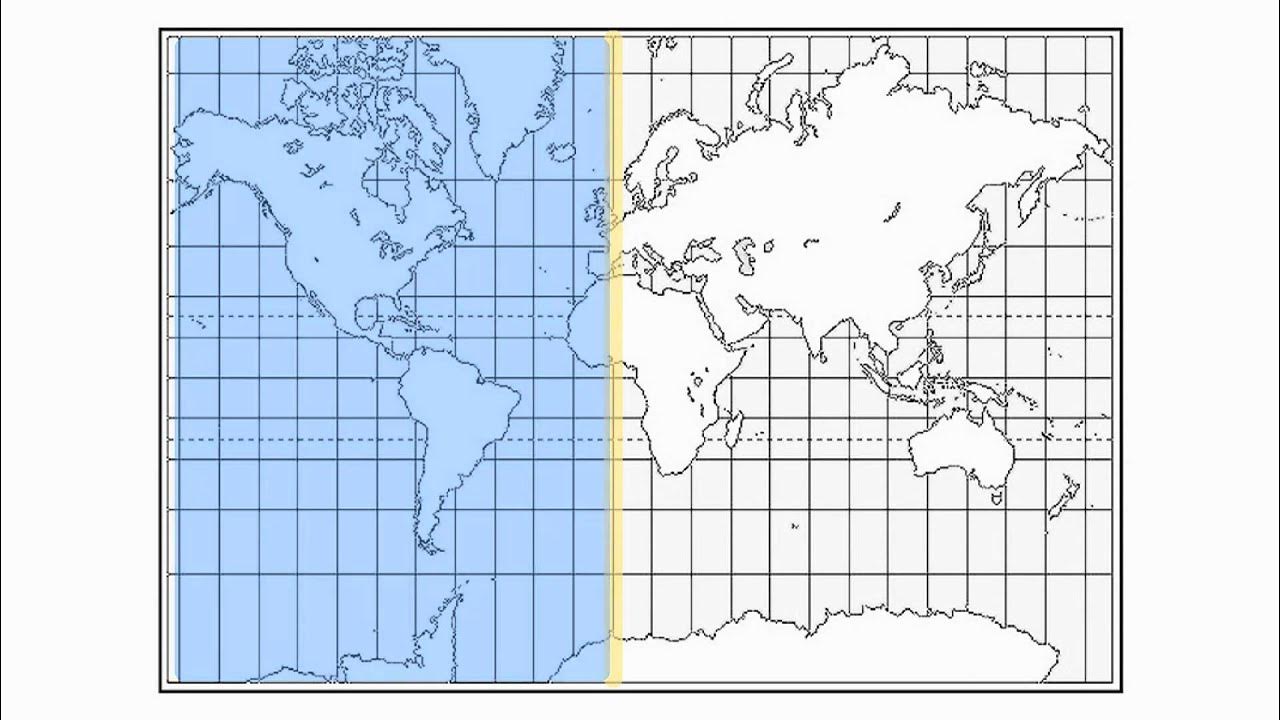2.1 Continental Drift Hypothesis
Summary
TLDRIn this Earth Science podcast, host Mr. Buss delves into Alfred Wegener's continental drift hypothesis, exploring the evidences that supported it, such as the fitting shapes of continents, similar geological features, matching fossil records, and magnetic polarity. Despite the compelling evidence, Wegener's theory was not accepted during his lifetime due to the lack of a clear mechanism explaining how such massive landmasses could move. The podcast concludes by highlighting the significance of Wegener's contributions to the understanding of Earth's geological history.
Takeaways
- 🌐 Alfred Wegener is renowned for his continental drift hypothesis, which proposed that continents move over time.
- 🧩 Wegener noticed that Earth's continents appear to fit together like puzzle pieces, suggesting they were once connected.
- 🏞️ Similar geological features across continents, such as matching rock types and mountain ranges, support the idea of continental drift.
- 🦕 Fossil evidence, including identical species found on different continents, implies that these landmasses were once joined.
- 🧲 Magnetic polarity evidence shows how rocks formed with iron align with the Earth's magnetic field, indicating continental movement over millions of years.
- 🌍 The concept of Pangea, a supercontinent that existed before the continents drifted apart, is central to Wegener's hypothesis.
- 📸 Wegener's work in meteorology and polar research, including taking the first ice samples in Greenland, contributed to his observations on continental drift.
- 📸 The scientific community during Wegener's lifetime did not accept the continental drift hypothesis due to a lack of understanding of the mechanism behind it.
- 🔍 The mechanism of continental drift remained elusive until the development of the theory of plate tectonics, which explained how continents move.
- 📚 Wegener's hypothesis was ahead of its time, and it wasn't until after his death that the scientific community embraced the concept of continental drift.
Q & A
Who is the host of the Earth Science podcast discussing Alfred Wegener and his continental drift hypothesis?
-The host of the Earth Science podcast is Mr. Buss.
What was Alfred Wegener known for during his lifetime?
-Alfred Wegener was known for his accomplishments in meteorology and polar research.
What was one of the first pieces of evidence Alfred Wegener noticed that supported the continental drift hypothesis?
-One of the first pieces of evidence was that the Earth's continents looked like they used to fit together like pieces of a puzzle.
What are the similarities in rock and mountain ranges that suggest the continents were once joined?
-Similar rocks, mountain ranges, and formations that are now separated by vast oceans suggest that these land masses were once connected.
How do fossils provide evidence for the continental drift hypothesis?
-Fossils of plants and animals that could not have crossed vast oceans are found on different continents, indicating that these continents were once joined.
What is the fourth evidence for the continental drift hypothesis mentioned in the podcast?
-The fourth evidence for the continental drift hypothesis is magnetic polarity evidence, which shows that rocks from different continents have recorded different positions of the Earth's magnetic poles in the past.
Why was the continental drift hypothesis not accepted by the scientific community during Alfred Wegener's lifetime?
-The continental drift hypothesis was not accepted because the scientific community could not understand the mechanism that could move such immense land masses.
What was Alfred Wegener's profession in addition to being a polar researcher and meteorologist?
-Alfred Wegener was also a world traveler and the first person to take polar ice samples in Greenland.
What is the significance of the magnetic pole wandering in relation to the continental drift hypothesis?
-The magnetic pole wandering becomes consistent with the continental drift hypothesis when considering that the continents have been moving and shifting over time.
What was the main reason for the rejection of the continental drift hypothesis in the early 20th century?
-The main reason for the rejection was the lack of understanding of the mechanism that could cause the movement of continents.
Outlines

Dieser Bereich ist nur für Premium-Benutzer verfügbar. Bitte führen Sie ein Upgrade durch, um auf diesen Abschnitt zuzugreifen.
Upgrade durchführenMindmap

Dieser Bereich ist nur für Premium-Benutzer verfügbar. Bitte führen Sie ein Upgrade durch, um auf diesen Abschnitt zuzugreifen.
Upgrade durchführenKeywords

Dieser Bereich ist nur für Premium-Benutzer verfügbar. Bitte führen Sie ein Upgrade durch, um auf diesen Abschnitt zuzugreifen.
Upgrade durchführenHighlights

Dieser Bereich ist nur für Premium-Benutzer verfügbar. Bitte führen Sie ein Upgrade durch, um auf diesen Abschnitt zuzugreifen.
Upgrade durchführenTranscripts

Dieser Bereich ist nur für Premium-Benutzer verfügbar. Bitte führen Sie ein Upgrade durch, um auf diesen Abschnitt zuzugreifen.
Upgrade durchführenWeitere ähnliche Videos ansehen

Biogeochemical Cycling

PERAN PENTING PENDIDIKAN PANCASILA DALAM KEHIDUPAN BERMASYARAKAT

Latitude and Longitude-Hommocks Earth Science Department

We SHOULD teach EARTH SCIENCE in K-12 curriculums

Is Turkish Healthcare FREE ? Health Insurance and Retirement System in Turkey | BIG TALKS EP. 3

Get Australia Permanent Residency in 2025 (PR) with these Proven Strategies
5.0 / 5 (0 votes)
